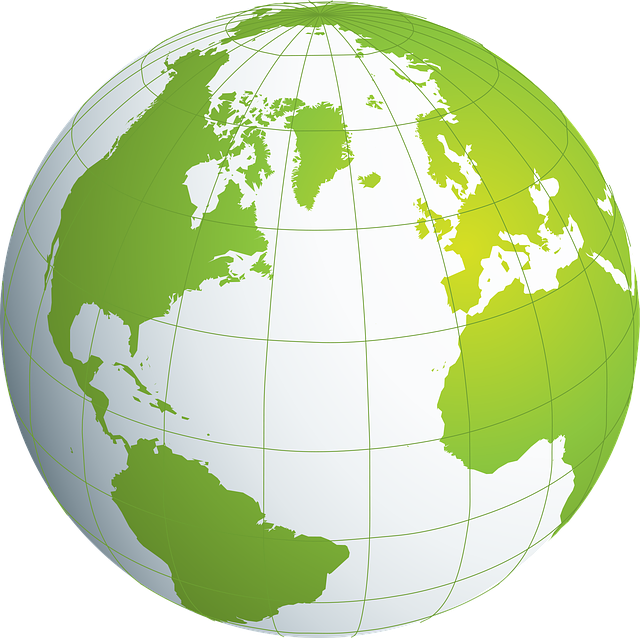Montezuma’s revenge – Aztec Two Step – whatever nicknames it may be called, if you’ve experienced it, you know exactly what I’m talking about. Traveler’s diarrhea (TD) is the most common medical issue that people complain of while traveling in less developed countries.
 High-risk destinations (attack rates of up to 60% during the first 2 weeks) include Mexico, the Dominican Republic and Haiti, and the developing countries of Africa, South and Central America, the Middle East, and Asia. Lesser risks countries include Australia, countries in Europe, Japan, South Africa and countries in North America.
High-risk destinations (attack rates of up to 60% during the first 2 weeks) include Mexico, the Dominican Republic and Haiti, and the developing countries of Africa, South and Central America, the Middle East, and Asia. Lesser risks countries include Australia, countries in Europe, Japan, South Africa and countries in North America.
Traveler’s diarrhea is not a specific disease, but describes the symptoms caused by certain microorganisms that are transmitted via contaminated food and water. Bacteria are by far the most common cause of TD with about 85% of cases being bacterial. Parasites and viruses are causes of TD 10% and 5 % respectively.
Bacterial causes of TD include; Salmonella, Shigella, Campylobacter, various stains of E. coli and Vibrio (the cause of cholera).
Parasitic causes include Giardia and Entamoeba histolytica (amoebiasis). Viruses like rotavirus and norovirus have been implicated.
TD is commonly seen with the following symptoms; an abrupt onset of loose, watery or semi-formed stools associated with abdominal cramps and rectal urgency. Other symptoms like nausea, bloating, and fever, may also be present. Vomiting may occur in up to 15% of those affected. Travelers’ diarrhea is generally self-limited and lasts 3-4 days even without treatment.
How can you prevent TD on your next trip overseas? Here are some common sense tips:
o Don’t buy food from street vendors.
o Avoid raw foods. In particular, salads, uncooked vegetables, and unpasteurized milk and milk products such as cheese, and to eat only food that has been cooked and is still hot or fruit that can be peeled by the traveler personally (bananas and oranges).
o Also avoid undercooked or raw meats, fish or shellfish.
o Do not use tap water to wash fruits and vegetables or to make ice cubes. Avoid fruit juices made reconstituted with tap water.
o When in areas where water is not chlorinated; bottled water is a safe alternative as long as the bottle is unopened and sealed.
o Use bottled water to brush your teeth.
o Keep your mouth closed while showering.
o Make sure eating utensils and dishes are clean and dry before you use them.
o Boiling water is the best way to make water safe to drink. High boil for at least one minute.
o The use of iodine or chlorine tablets is effective against most pathogens. They however are ineffective against some parasites like Cryptosporidium.
o The use of water filters is effective against most pathogens.
o The use of prophylactic antibiotics may be useful particularly short term travelers. Quinolones and Rifaximin are commonly prescribed antibiotics for this reason.
o Pepto-Bismol may reduce your chances of getting TD.
o In Europe and Canada there is an approved vaccine for cholera that can be administered prior to travel.
o Hand washing and hand sanitizer gels reduce the incidence of diarrhea (as well as respiratory illness).
Most cases of TD do not require treatment and will resolve spontaneously. However in cases where there is bloody diarrhea and or high fever, antibiotic treatment should be given. If you do get TD, drink plenty of fluids. Certain infections like cholera can be life-threatening due to fluid loss. IV fluid replacement may be required in some cases.


2 thoughts on “Travel Health – Traveler’s Diarrhea”